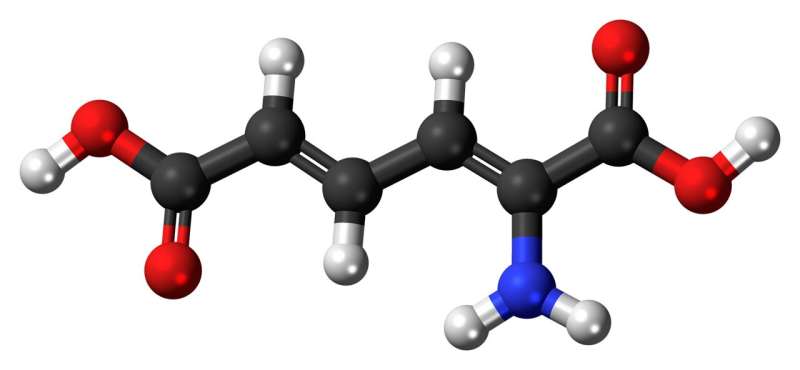Credit: Pixabay/CC0 Public Domain
A new paper by the Peter group of the ETH Zurich's Institute of Biochemistry (IBC) finds that the human GID E3 ubiquitin ligase forms a tetrameric complex with two distinct substrate-recruitment modules, namely WDR26-RanBP9 and GID4-ARMC8a. Although the shorter ARMC8b isoform stably assembles into the hGID complex, it lacks the ability to recruit the GID4 substrate-receptor.
The human GID (hGID) complex is a conserved E3 ubiquitin ligase regulating diverse biological processes including glucose metabolism and cell cycle progression. However, the biochemical function and substrate recognition of the multi-subunit complex remain poorly understood. Using biochemical assays, crosslinking-mass spectrometry and cryo-electron microscopy, the researchers show that hGID engages two distinct modules for substrate recruitment, dependent on either WDR26 or GID4.
WDR26 and RanBP9 cooperate to ubiquitinate HBP1 in vitro, while GID4 is dispensable for this reaction. In contrast, GID4 functions as an adaptor for the substrate ZMYND19, which surprisingly lacks a Pro/N-end rule degron. GID4 substrate binding and ligase activity is regulated by ARMC8α, while the shorter ARMC8β isoform assembles into a stable hGID complex that is unable to recruit GID4. Cryo-EM reconstructions of these hGID complexes reveal the localization of WDR26 within a ring-like, tetrameric architecture and suggest that GID4 and WDR26/Gid7 utilize different, non-overlapping binding sites. Together, these data advance our mechanistic understanding of how the hGID complex recruit cognate substrates and provide insights into the regulation of its E3 ligase activity.
The study is published in EMBO Reports.
More information: Weaam I Mohamed et al, The human GID complex engages two independent modules for substrate recruitment, EMBO Reports (2021). DOI: 10.15252/embr.202152981
Journal information: EMBO Reports
Provided by ETH Zurich
























